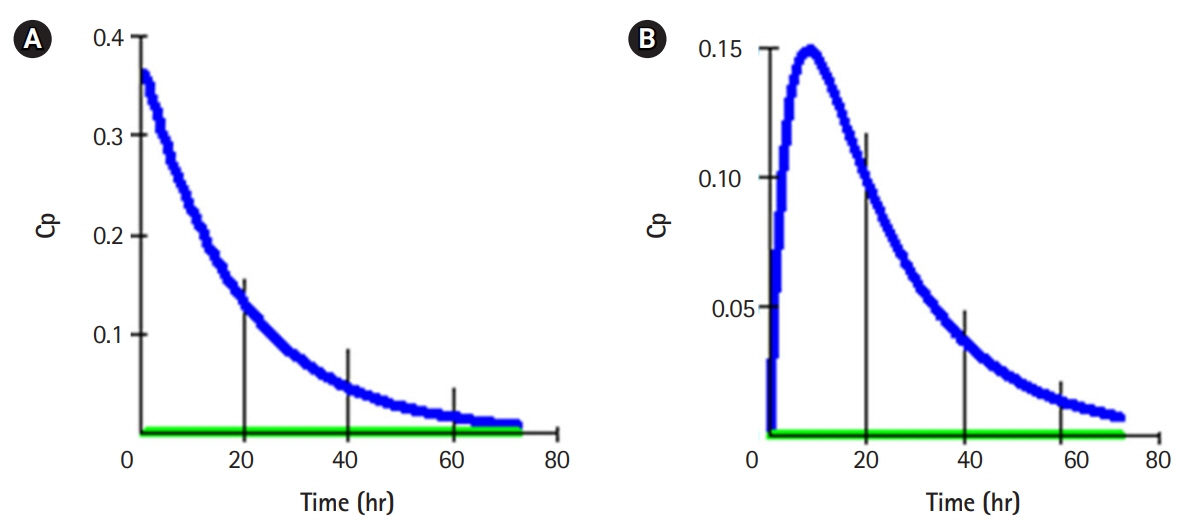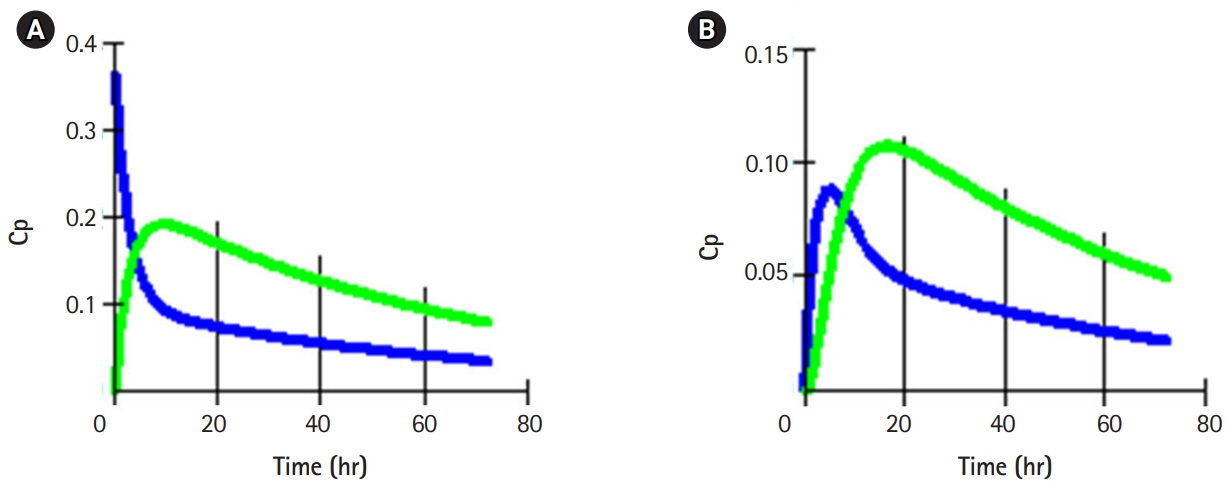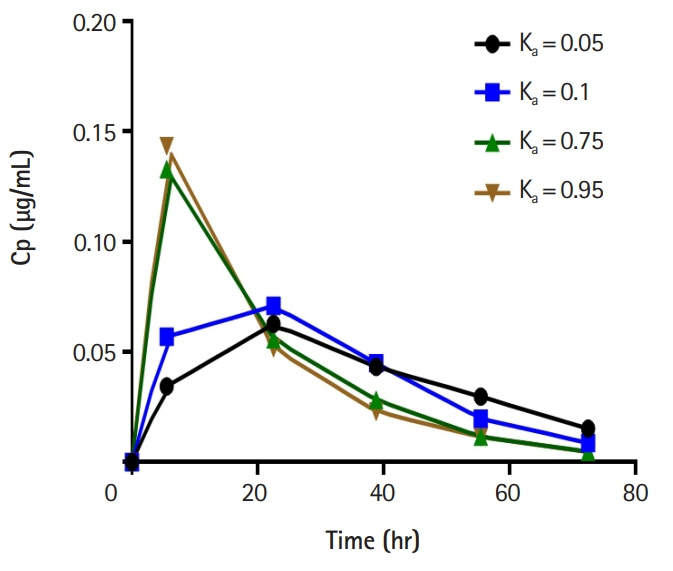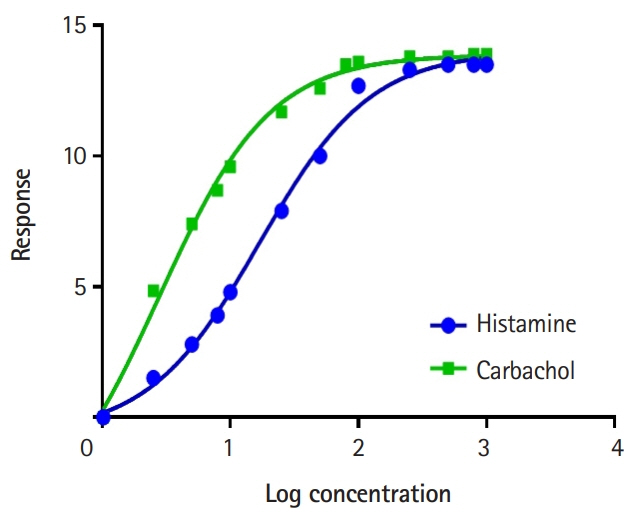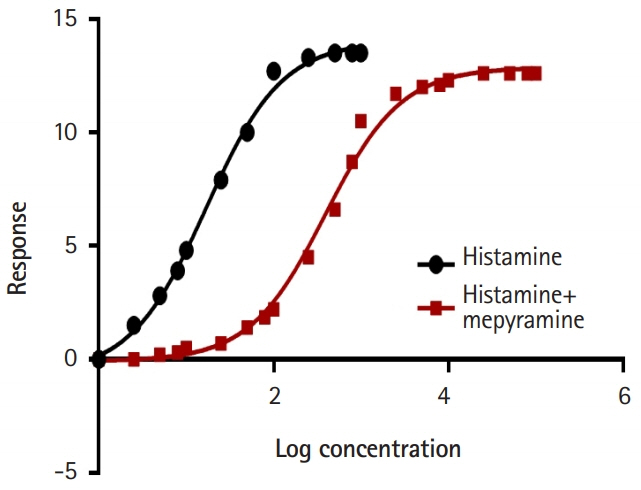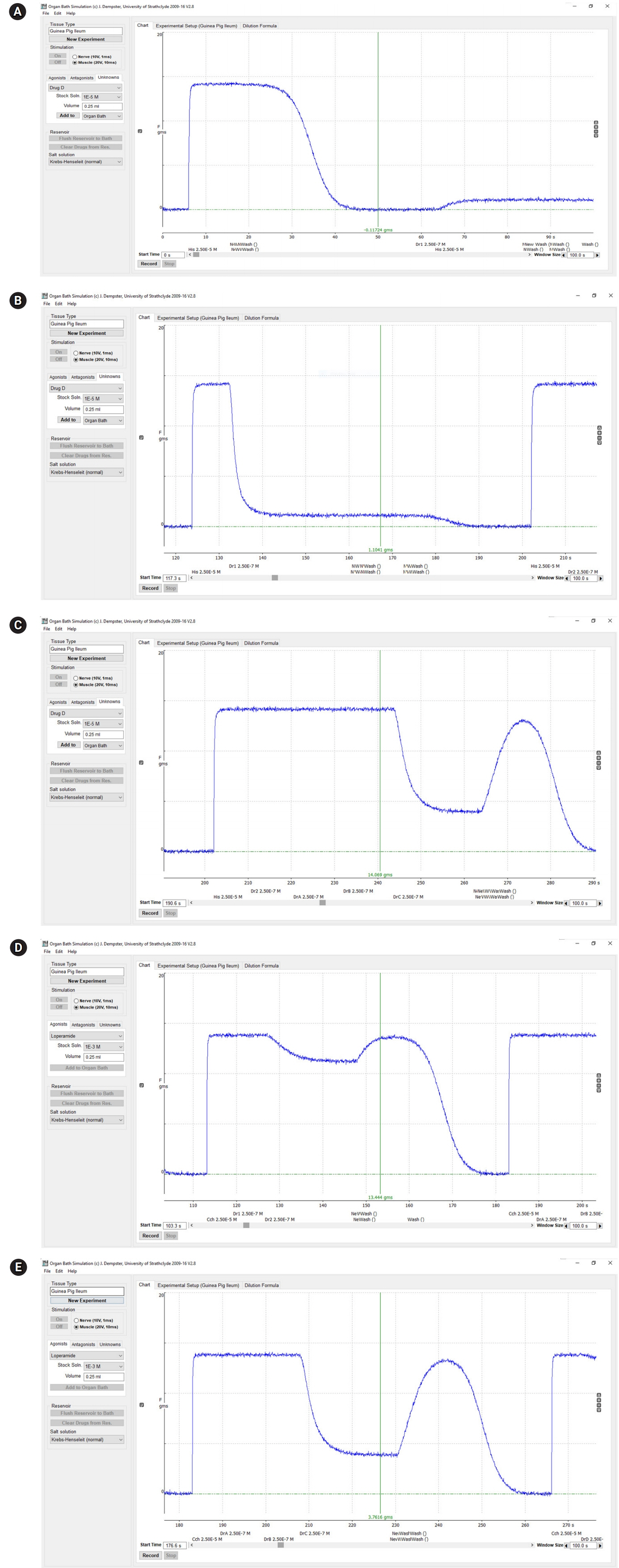J Educ Eval Health Prof.
2020;17:8. 10.3352/jeehp.2020.17.8.
Integration of computer-simulated practical exercises into undergraduate medical pharmacology education at Mulungushi University, Zambia
- Affiliations
-
- 1Department of Physiological Sciences and Medical Education Research Centre, School of Medicine and Health Sciences, Mulungushi University, Livingstone, Zambia
- KMID: 2502194
- DOI: http://doi.org/10.3352/jeehp.2020.17.8
Abstract
- Purpose
This study was conducted to determine whether a computer simulation of practical exercises in undergraduate medical pharmacology led to the realization of the intended learning outcomes.
Methods
The study was a descriptive analysis of laboratory classes carried out using computer simulation programs. Five programs were used to teach practical pharmacology to undergraduate medical students at the Mulungushi University School of Medicine and Health Sciences. The study period was January 2018 to December 2019. The computer programs included a pharmacokinetics simulator (CyberPatient), organ bath simulator (OBSim), AutonomiCAL for simulating autonomic pharmacology, and Virtual Cat and Virtual Rat (RatCVS) for simulating cardiovascular pharmacology. Students utilized these programs during their pharmacology laboratory classes, wrote reports, and answered relevant clinical questions.
Results
The 5 programs provided easy and precise platforms for students to explore concepts and demonstrate knowledge of pharmacokinetics, pharmacodynamics, autonomic and cardiovascular pharmacology, and their clinical applications.
Conclusion
The programs were effective learning tools. Students’ learning was easily assessed based on their laboratory reports. Although the computer programs met medical students’ learning needs, wet laboratory exercises are also needed to meet the needs of students who require practical laboratory skills.
Keyword
Figure
Reference
-
References
1. Naeem SS, Rizvi W, Kumar A. Revisiting undergraduate practical pharmacology. J Pharmacol Pharmacother. 2012; 3:76–79. https://doi.org/10.4103/0976-500X.92503.
Article2. Cheesman MJ, Chen S, Manchadi ML, Jacob T, Minchin RF, Tregloan P. Implementation of a virtual laboratory practical class (VLPC) module in pharmacology education. Pharmacogn Commun. 2014; 4:2–10. https://doi.org/10.5530/pc.2014.1.2.
Article3. Sharma D, Malhotra P. A comparison of computer assisted learning and practical animal experiment for undergraduate medical students in pharmacology curriculum: a questionnaire based study conducted in a medical college of North India. Int J Basic Clin Pharmacol. 2016; 5:2581–2584. https://doi.org/10.18203/2319-2003.ijbcp20164127.
Article4. Ezeala CC, Ram AA, Vulakouvaki N. Learning gain of pharmacy students after introducing guided inquiry learning with computer simulation in a pharmacology class in Fiji. J Educ Eval Health Prof. 2013; 10:9. https://doi.org/10.3352/jeehp.2013.10.9.
Article5. Bolger MB. Cyber patient [Internet]. [place unknown]: LabSoft Solutions;[cited 2020 Feb 20]. Available from: http://labsoft.com/software.html.6. University of Strathclyde. Strathclyde pharmacology simulations [Internet]. Glasgow: University of Strathclyde;[cited 2020 Jan 16]. Available from: http://spider.science.strath.ac.uk/sipbs/software_sims.htm.7. Lew MJ, Kennedy GE, Ziogas J. A CAL for learning about autonomic drugs through hypothesis-based exploration [Internet]. San Francisco (CA): Scribd HQ;[cited 2020 Feb 20]. Available from: https://www.scribd.com/document/62544351/Read-Me.8. Turnbull PR, Irani N, Lim N, Phillips JR. Origins of pupillary hippus in the autonomic nervous system. Invest Ophthalmol Vis Sci. 2017; 58:197–203. https://doi.org/10.1167/iovs.16-20785.
Article9. Huppertz LM, Moosmann B, Auwarter V. Flubromazolam: basic pharmacokinetic evaluation of a highly potent designer benzodiazepine. Drug Test Anal. 2018; 10:206–211. https://doi.org/10.1002/dta.2203.
Article10. Su JT, Teller RS, Srinivasan P, Zhang J, Martin A, Sung S, Smith JM, Kiser PF. A dose ranging pharmacokinetic evaluation of IQP-0528 released from intravaginal rings in non-human primates. Pharm Res. 2017; 34:2163–2171. https://doi.org/10.1007/s11095-017-2224-1.
Article11. Patra JK, Das SK, Das G, Thatoi H. Isolated tissues and organs. In : Patra JK, Das SK, Das G, Thatoi H, editors. A practical guide to pharmacological biotechnology. Singapore: Springer;2019. p. 19–28. https://doi.org/10.1007/978-981-13-6355-9.
Article12. Tse G, Du Y, Hao G, Li KH, Chan FY, Liu T, Li G, Bazoukis G, Letsas KP, Wu WK, Cheng SH, Wong WT. Quantification of beat-to-beat variability of action potential durations in Langendorff-perfused mouse hearts. Front Physiol. 2018; 9:1578. https://doi.org/10.3389/fphys.2018.01578.
Article13. Hort MA, Brighente IM, Pizzolatti MG, Ribeiro-do-Valle RM. Mechanisms involved in the endothelium-dependent vasodilatory effect of an ethyl acetate fraction of Cyathea phalerata Mart. in isolated rats’ aorta rings. J Tradit Complement Med Forthcoming. 2019; https://doi.org/10.1016/j.jtcme.2019.04.001.
Article14. Sharma T, Bala S, Garg R, Kalra J. Use of computer assisted learning as an alternative to experimental pharmacology teaching: student’s opinion. JK Sci [Internet]. 2016. [cited 2020 Jan16];18:116. Available from: http://jkscience.org/archives/volume182/14-%20Original%20Article.pdf.15. Santhanalakshmi P, Oommen S, Alwar MC, Arya J. Effectiveness of computer-assisted learning as a teaching method in experimental pharmacology. Nat J Physiol Pharm Pharmacol. 2018; 8:1470–1474. https://doi.org/10.5455/njppp.2018.8.0723926072018.
Article
- Full Text Links
- Actions
-
Cited
- CITED
-
- Close
- Share
- Similar articles
-
- Relationships between undergraduate medical students’ attitudes toward communication skills learning and demographics in Zambia: a survey-based descriptive study
- Learning gain of pharmacy students after introducing guided inquiry learning with computer simulation in a pharmacology class in Fiji
- Analysis of the study skills of undergraduate pharmacy students of the University of Zambia School of Medicine
- Twin principles for need-based attendance policy in undergraduate medical education
- Survey on the undergraduate curriculum in clinical pharmacology and interns' prescribing ability in South Korea

